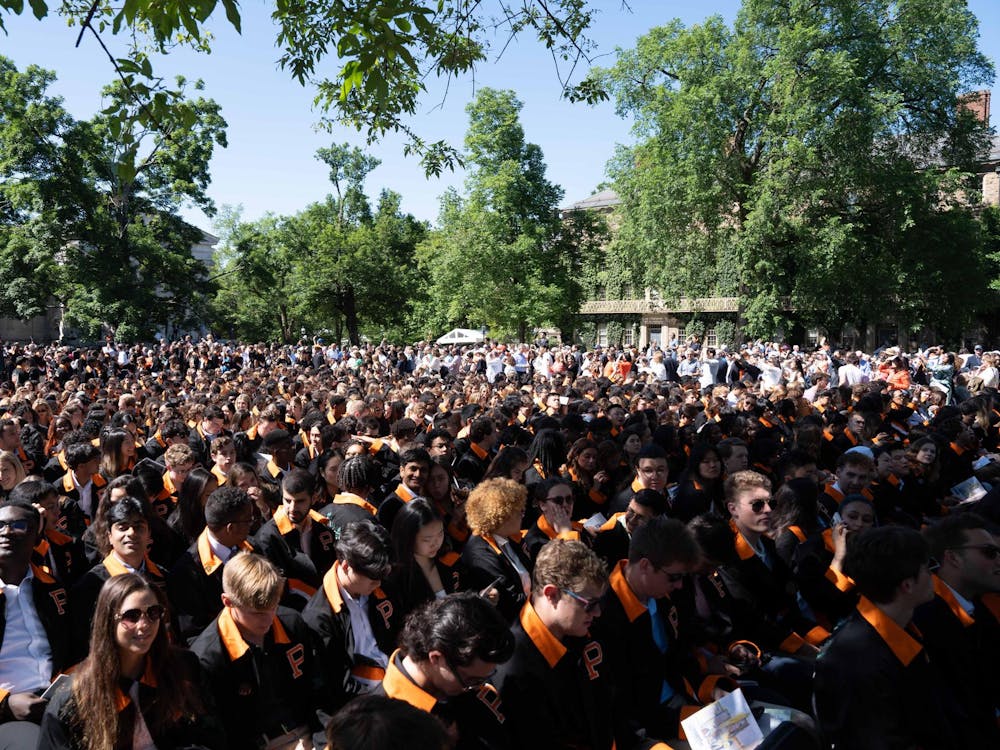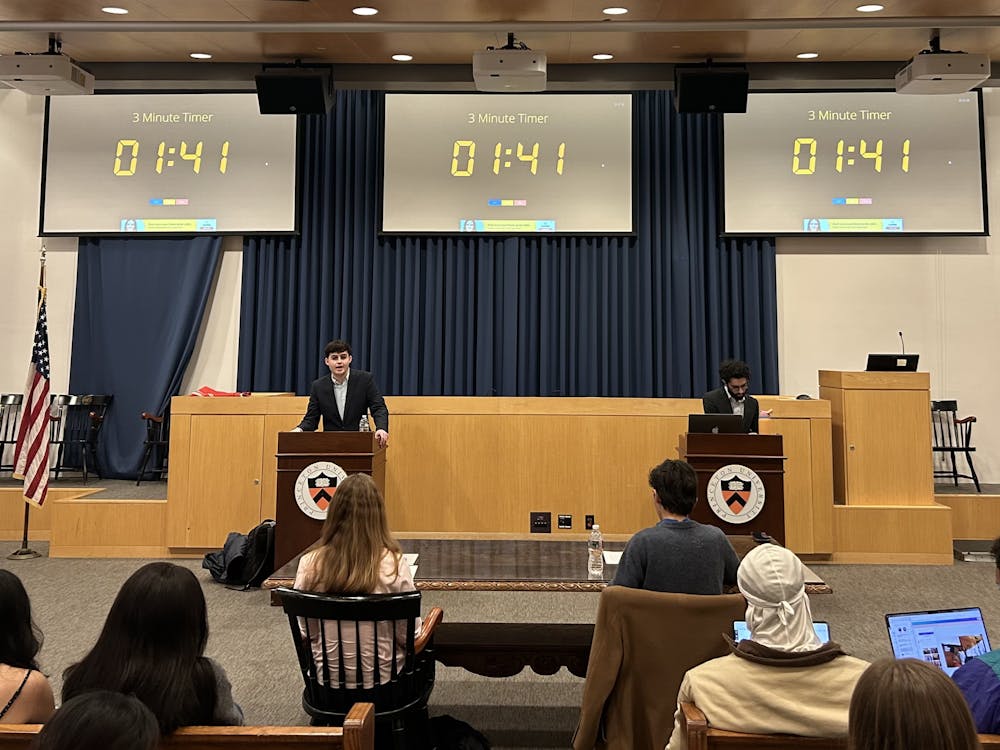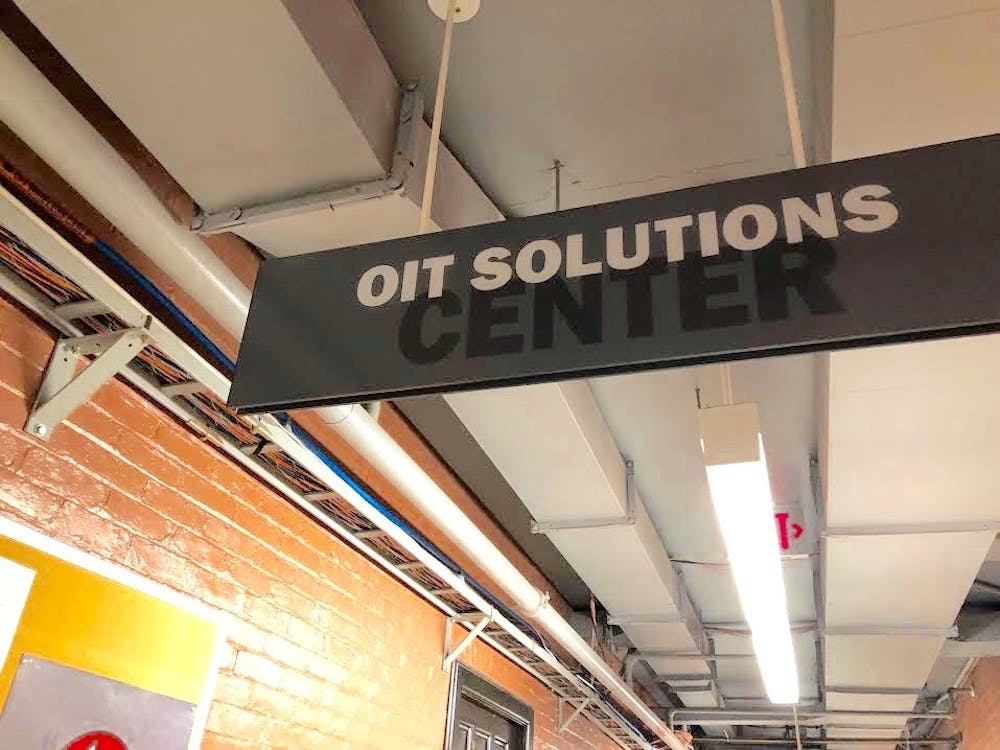The creative arts are a weakness in Princeton's generally strong lineup of learning opportunities. For students with a deep interest in drama, musical performance, dance, or visual arts, Princeton is often not the top choice. To date, arts have existed in a sort of symbiosis with the rest of Princeton, often acting as a secondary interest for students whose primary energies are spent in other areas.
President Tilghman, who has fortunately made improving Princeton's arts scene a high priority, is moving things in the right direction by recruiting more arts faculty and increasing the focus on artistic talent in admissions. Enhancements in this area will enrich campus life for everyone — even students who are not themselves artistically inclined will inevitably be part of the audience in a new, more vibrant campus arts scene.
But Tilghman inherits a campus map that unmistakably puts arts on the side, rather than at the center of campus life. Relegated to 185 Nassau St. — a commute from the rest of campus — artistic endeavors face an uphill battle for integration into the community. The location minimizes serendipitous encounter with the arts, and forces students to go out of their way if they are to see a photography exhibition, dance recital or staged reading.
Physical planning, at an ins titution as large as Princeton, is a continual process. There are always new buildings designed and choices being made about where to put them. Working with the Performing Arts Council, the administration has pledged to include performing arts spaces in Whitman College. We think these spaces will help, but they are not likely to change the basic role of arts on campus.
To integrate arts into the rest of campus effectively, and to show prospective students that artistic activity is an integral part of Princeton, the University should consider using one of its few remaining open spaces for a new, centrally located arts center. — The Daily Princetonian Opinion Board







